
Welcome to PILNA TV
The Pacific Community (SPC) has partnered with T2L Education and The Fiji Ministry of Education to produce videos to support teachers across the Pacific Islands.
The PILNA analysis identified that our students need extra support in the area of reading comprehension. To achieve the best outcomes in reading comprehension the teacher must include these three types of lessons with each text
- Orientation
- Vocabulary
- Comprehension
Lessons on the orientation of the text and a study of vocabulary will give students a better chance of successfully answering comprehension questions. These are the three types of comprehension questions students should be exposed to each week.
- Locating direct information
- Interpreting and inferring information
- Critical thinking
Text Types
We have chosen a variety of text types to demonstrate how to introduce these and explicitly teach each concept with your students. It is important to expose your students to different types of text during the year.
- Narrative Text
- Information Text
- Procedural Text
- Persuasive Text
You can find further information about Text Types at the following websites:

The Island Where Noa Lives is a narrative text that can be found at www.letsreadasia.org. You are able to access this text to demonstrate the following lessons to your class. We recommend you watch each video before you teach the lesson. The videos are for your professional learning to guide to support your teaching instruction, not to show directly to the students.
Text: "The Island Where Noa Lives"
Text Type: Narrative
Presentation: "The Island Where Noa Lives"
Orientation
This video demonstrates how to introduce the text to your class and describes the features of the text. This is the first lesson your would teach with your class when introducing a new text.
Vocabulary
It is important to discuss the meaning of new and technical words with your class before giving them comprehension questions. This video demonstrates strategies for discussing vocabulary with your class.
Comprehension
These are the three types of comprehension questions students should be exposed to each week. We demonstrate how to explicitly teach these skills with your class.
- Locating direct information
- Interpreting and inferring information
- Critical thinking
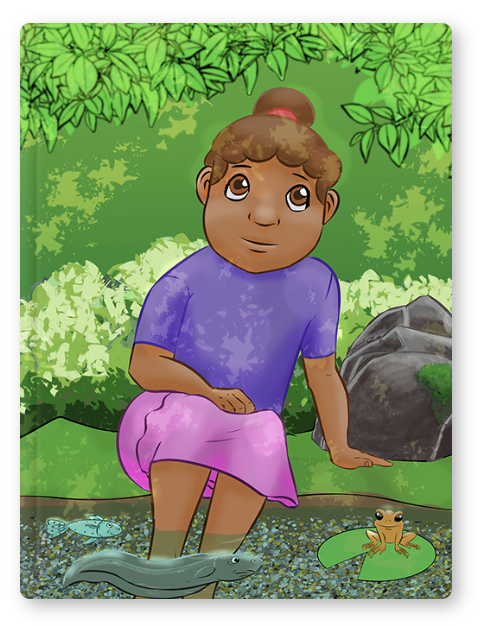
Forest Friends is a narrative text that can be found at www.letsreadasia.org. You are able to access this text to demonstrate the following lessons to your class. We recommend you watch each video before you teach the lesson. The videos are a guide to support your teaching instruction, not to show directly to the students.
Text Type: Narrative
Presentation: "Forest Friends"
Orientation
This video demonstrates how to introduce the text to your class and describes the features of the text. This is the first lesson your would teach with your class when introducing a new text.
Vocabulary
It is important to discuss the meaning of new and technical words with your class before giving them comprehension questions. This video demonstrates strategies for discussing vocabulary with your class.
Comprehension
These are the three types of comprehension questions students should be exposed to each week. We demonstrate how to explicitly teach these skills with your class.
- Locating direct information
- Interpreting and inferring information
- Critical thinking

The Referee - Zaya Chakma is a narrative text that can be found at www.letsreadasia.org. You are able to access this text to demonstrate the following lessons to your class. We recommend you watch each video before you teach the lesson. The videos are a guide to support your teaching instruction, not to show directly to the students.
Text: "The Referee - Zaya Chakma"
Text Type: Narrative
Presentation: "The Referee - Zaya Chakma"
Orientation
This video demonstrates how to introduce the text to your class and describes the features of the text. This is the first lesson your would teach with your class when introducing a new text.
Vocabulary
It is important to discuss the meaning of new and technical words with your class before giving them comprehension questions. This video demonstrates strategies for discussing vocabulary with your class.
Comprehension
These are the three types of comprehension questions students should be exposed to each week. We demonstrate how to explicitly teach these skills with your class.
- Locating direct information
- Interpreting and inferring information
- Critical thinking
-
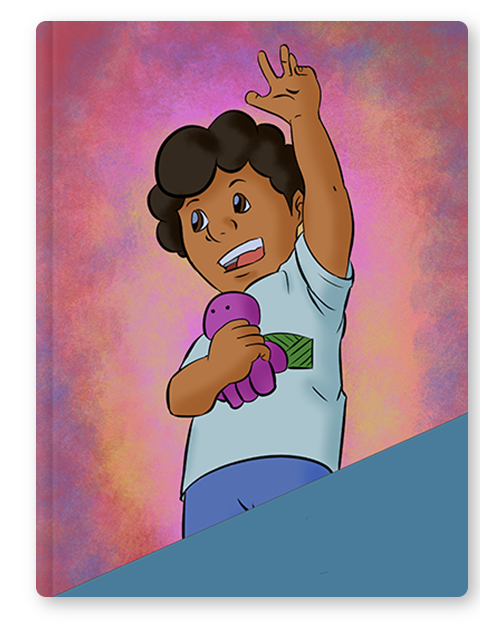
The Friend of a Friend is a narrative text that can be found at www.letsreadasia.org. You are able to access this text to demonstrate the following lessons to your class. We recommend you watch each video before you teach the lesson. The videos are a guide to support your teaching instruction, not to show directly to the students.
Text: "The Friend of a Friend"
Text Type: Narrative
Presentation: "The Friend of a Friend"
Orientation
This video demonstrates how to introduce the text to your class and describes the features of the text. This is the first lesson your would teach with your class when introducing a new text.
Vocabulary
It is important to discuss the meaning of new and technical words with your class before giving them comprehension questions. This video demonstrates strategies for discussing vocabulary with your class.
Comprehension
These are the three types of comprehension questions students should be exposed to each week. We demonstrate how to explicitly teach these skills with your class.
- Locating direct information
- Interpreting and inferring information
- Critical thinking
-

The text Earthworms in an Information Poster that can be found by clicking the link below. You are able to access this text to demonstrate the following lessons to your class. We recommend you watch each video before you teach the lesson. The videos are a guide to support your teaching instruction, not to show directly to the students.
Text Type: Information Poster
Orientation
This video demonstrates how to introduce the text to your class and describes the features of the text. This is the first lesson your would teach with your class when introducing a new text.
Vocabulary
It is important to discuss the meaning of new and technical words with your class before giving them comprehension questions. This video demonstrates strategies for discussing vocabulary with your class.
Comprehension
These are the three types of comprehension questions students should be exposed to each week. We demonstrate how to explicitly teach these skills with your class.
- Locating direct information
- Interpreting and inferring information
- Critical thinking
-

The text Fun, Fantastic, Fabulous Fitness is a persuasive text that can be found by clicking the link below. You are able to access this text to demonstrate the following lessons to your class. We recommend you watch each video before you teach the lesson. The videos are a guide to support your teaching instruction, not to show directly to the students.
Text: "Fun, Fantastic, Fabulous Fitness"
Text Type: Persuasive
Presentation: "Fun, Fantastic, Fabulous Fitness"
Orientation
This video demonstrates how to introduce the text to your class and describes the features of the text. This is the first lesson your would teach with your class when introducing a new text.
Vocabulary
It is important to discuss the meaning of new and technical words with your class before giving them comprehension questions. This video demonstrates strategies for discussing vocabulary with your class.
Comprehension
These are the three types of comprehension questions students should be exposed to each week. We demonstrate how to explicitly teach these skills with your class.
- Locating direct information
- Interpreting and inferring information
- Critical thinking

Sea Change is a narrative text that can be found at www.letsreadasia.org. You are able to access this text to demonstrate the following lessons to your class. We recommend you watch each video before you teach the lesson. The videos are a guide to support your teaching instruction, not to show directly to the students.
Text Type: Persuasive
Orientation
This video demonstrates how to introduce the text to your class and describes the features of the text. This is the first lesson your would teach with your class when introducing a new text.
Vocabulary
It is important to discuss the meaning of new and technical words with your class before giving them comprehension questions. This video demonstrates strategies for discussing vocabulary with your class.
Comprehension
These are the three types of comprehension questions students should be exposed to each week. We demonstrate how to explicitly teach these skills with your class.
- Locating direct information
- Interpreting and inferring information
- Critical thinking
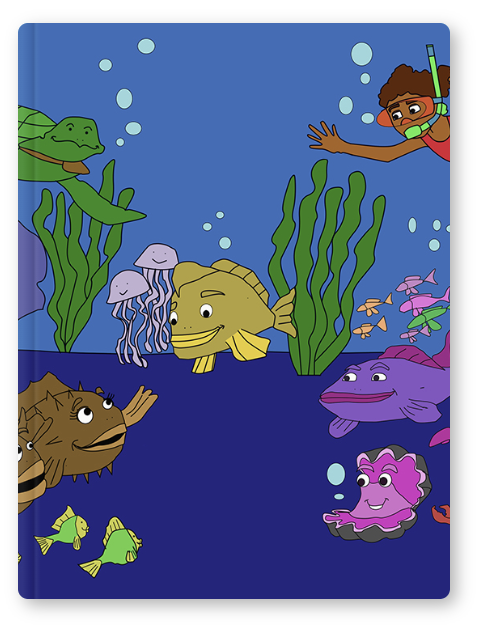
The Great Reef Burn is a narrative text that can be found at www.letsreadasia.org. You are able to access this text to demonstrate the following lessons to your class. We recommend you watch each video before you teach the lesson. The videos are a guide to support your teaching instruction, not to show directly to the students.
Text Type: Persuasive
Presentation: "The Great Reef Burn"
Orientation
This video demonstrates how to introduce the text to your class and describes the features of the text. This is the first lesson your would teach with your class when introducing a new text.
Vocabulary
It is important to discuss the meaning of new and technical words with your class before giving them comprehension questions. This video demonstrates strategies for discussing vocabulary with your class.
Comprehension
These are the three types of comprehension questions students should be exposed to each week. We demonstrate how to explicitly teach these skills with your class.
- Locating direct information
- Interpreting and inferring information
- Critical thinking

The text Birthday Invitation is a procedural text that can be found by clicking the link below. You are able to access this text to demonstrate the following lessons to your class. We recommend you watch each video before you teach the lesson. The videos are a guide to support your teaching instruction, not to show directly to the students.
Text Type: Procedural Text
Presentation: "Birthday Invitation"
Orientation
This video demonstrates how to introduce the text to your class and describes the features of the text. This is the first lesson your would teach with your class when introducing a new text.
Vocabulary
It is important to discuss the meaning of new and technical words with your class before giving them comprehension questions. This video demonstrates strategies for discussing vocabulary with your class.
Comprehension
These are the three types of comprehension questions students should be exposed to each week. We demonstrate how to explicitly teach these skills with your class.
- Locating direct information
- Interpreting and inferring information
- Critical thinking
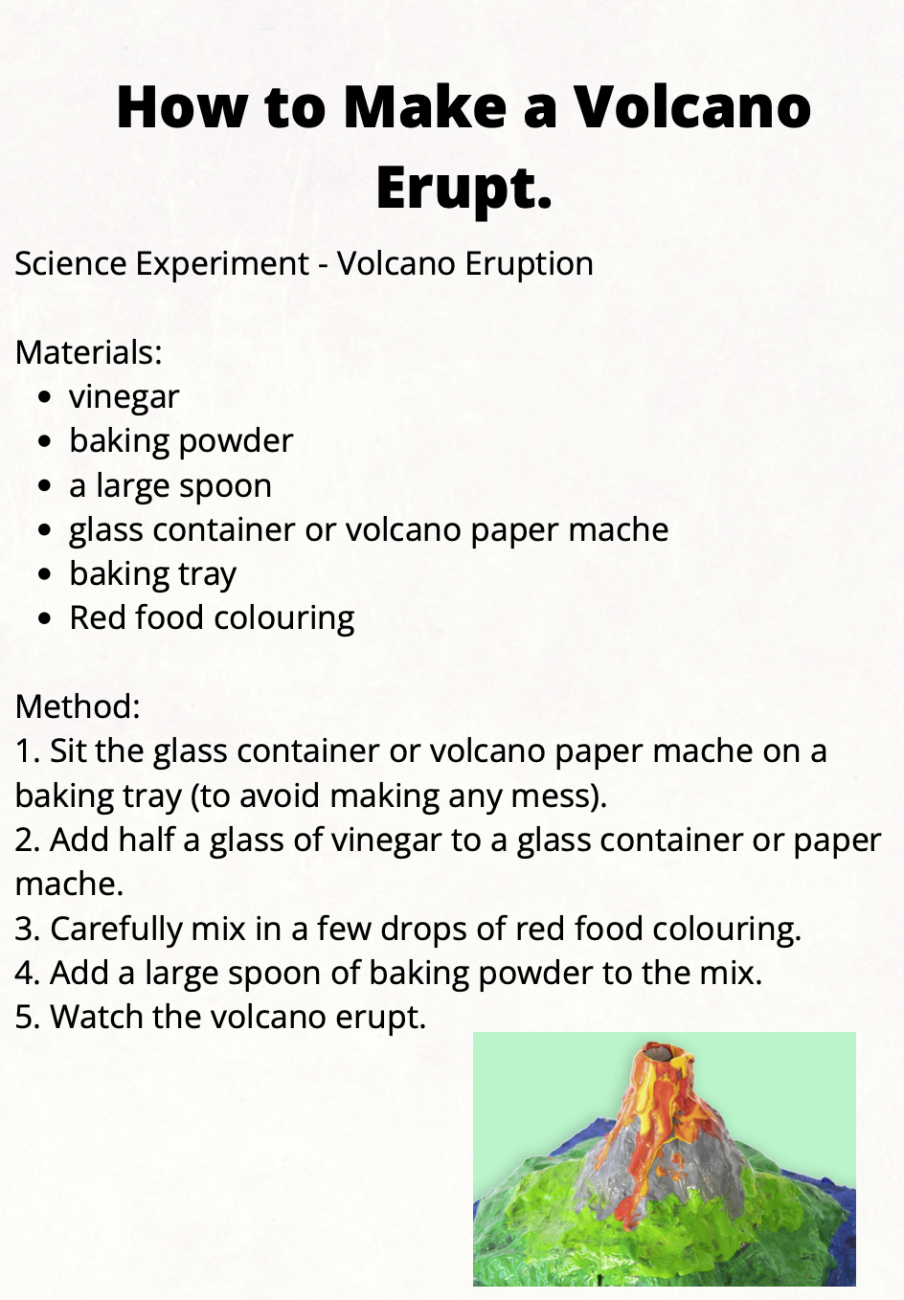
The text How to Make a Volcano Erupt is a procedural text that can be found by clicking the link below. You are able to access this text to demonstrate the following lessons to your class. We recommend you watch each video before you teach the lesson. The videos are a guide to support your teaching instruction, not to show directly to the students.
Text: "How to Make a Volcano Erupt"
Text Type: Procedural Text
Presentation: "How to Make a Volcano Erupt"
Orientation
This video demonstrates how to introduce the text to your class and describes the features of the text. This is the first lesson your would teach with your class when introducing a new text.
Vocabulary
It is important to discuss the meaning of new and technical words with your class before giving them comprehension questions. This video demonstrates strategies for discussing vocabulary with your class.
Comprehension
These are the three types of comprehension questions students should be exposed to each week. We demonstrate how to explicitly teach these skills with your class.
- Locating direct information
- Interpreting and inferring information
- Critical thinking
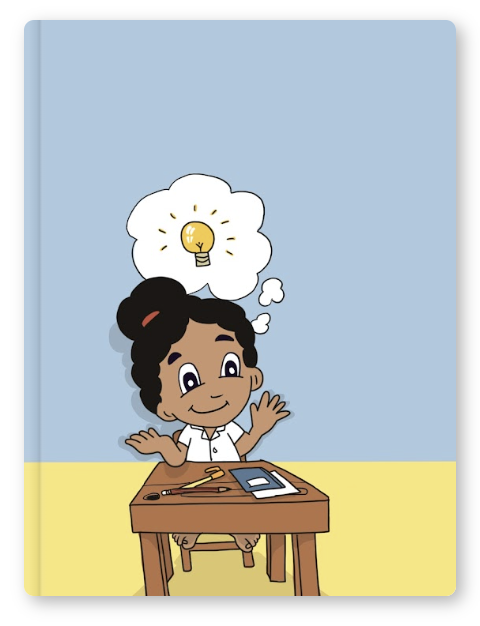
Show and Tell is a narrative text that can be found at www.letsreadasia.org. You are able to access this text to demonstrate the following lessons to your class. We recommend you watch each video before you teach the lesson. The videos are a guide to support your teaching instruction, not to show directly to the students.
Text Type: Persuasive
Orientation
This video demonstrates how to introduce the text to your class and describes the features of the text. This is the first lesson your would teach with your class when introducing a new text.
Vocabulary
It is important to discuss the meaning of new and technical words with your class before giving them comprehension questions. This video demonstrates strategies for discussing vocabulary with your class.
Comprehension
These are the three types of comprehension questions students should be exposed to each week. We demonstrate how to explicitly teach these skills with your class.
- Locating direct information
- Interpreting and inferring information
- Critical thinking